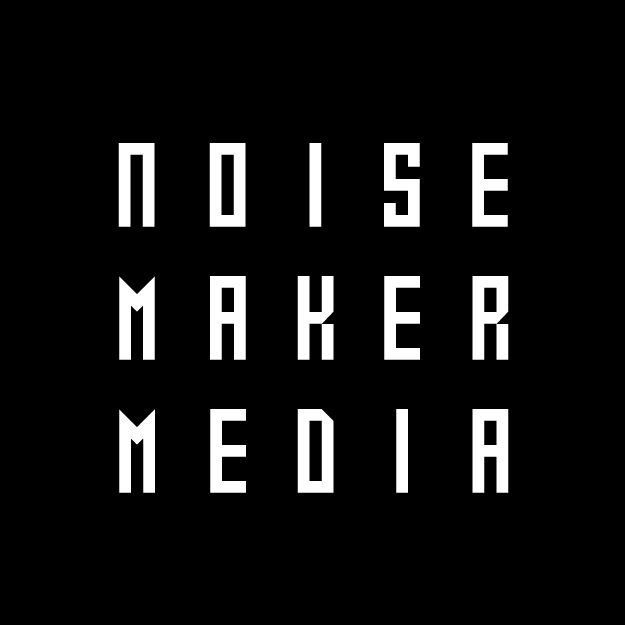Creativity in Crisis: The Downside of AI & Algorithm-Driven Art
TL;DR: Creativity is at risk in an age where algorithms prioritize sameness over originality. AI has the potential to either amplify ingenuity or reinforce mediocrity by enabling automation over artistic exploration. While STEM benefits from AI-enhanced problem-solving, the arts must use AI to push creative boundaries, not just replicate trends. The future of creativity depends on how we wield AI—as a tool for augmentation, not a crutch for complacency.
The Crisis of Creativity in the Algorithmic Age
We are living in an era where mediocrity is at an all-time high. Not because creative minds lack talent, but because algorithm-driven platforms reward sameness over originality. The modern creative ecosystem is shaped by engagement metrics, encouraging artists, musicians, and filmmakers to chase trends rather than develop their own unique voice. The result? A flood of content optimized for visibility rather than innovation—where repetition outweighs risk, and creativity is reduced to a formula rather than an exploration.
Now, enter AI. A tool with the power to either amplify ingenuity or reinforce creative stagnation. AI has the potential to democratize access, remove systemic barriers, and expand creative possibilities. However, in the wrong hands, it also has the potential to further entrench derivative thinking, where artists rely on machine-generated work rather than their own unique experiences and artistic instincts.
The Algorithm Trap: How AI Reinforces Creative Mediocrity
For years, social media algorithms have dictated what gets seen and what gets buried. Click-driven, shareable content dominates over experimental, thought-provoking work. Musicians are pressured to create 30-second hooks for TikTok virality. Filmmakers shape content for shorter, algorithm-friendly formats instead of crafting layered narratives. Writers prioritize SEO-optimized content over deep storytelling.
AI, if misused, can exacerbate this trend. Already, we are seeing:
AI-generated music that mimics existing hits rather than forging new sounds.
Visual art driven by prompts replicating the most popular aesthetic rather than breaking artistic boundaries.
Automated content that recycles successful ideas instead of encouraging experimentation.
“The risk? Creativity devolves into an echo chamber, where algorithms shape art more than the artist’s intent.”
Breaking the Cycle: AI as an Augmenter, Not a Replacement
The solution isn’t to reject AI, but to wield it as a tool for augmentation rather than automation. In education and the arts, AI should be used to expand the creative process, not replace it.
AI in STEM: Enhancing Problem-Solving and Discovery
In STEM fields, AI is a catalyst for innovation. It allows students to simulate experiments, generate new code structures, and solve complex equations with precision. AI doesn’t replace the scientist, it empowers them to think bigger and tackle more advanced challenges. It speeds up technical processes, leaving more room for conceptual breakthroughs.
AI in the Arts: Elevating Unique Voices
The arts must follow the same path. AI should assist in ideation, refinement, and execution—but never define the creative process. Instead of using AI to mimic popular trends, artists should use it to:
Push aesthetic boundaries beyond what is commonly accepted.
Explore new soundscapes, textures, and compositions rather than regurgitating familiar patterns.
Break traditional storytelling methods by allowing AI to challenge narrative conventions, rather than reinforcing them.
The true power of AI in creativity is its ability to unlock possibilities that human minds might not immediately conceive—not to replace artistic intuition, but to challenge and expand it.
The Future of Creativity: Will We Resist or Submit?
The future of creative industries depends on how we choose to integrate AI into the process. Will we allow it to become a crutch encouraging complacency, or will we wield it as a tool that amplifies our ingenuity?
The key lies in intent. AI should be used to break barriers, democratize access, and challenge the limitations imposed by industry gatekeepers—not to create an endless stream of algorithmically approved mediocrity.
Creativity is at a crossroads. The choice is ours.

